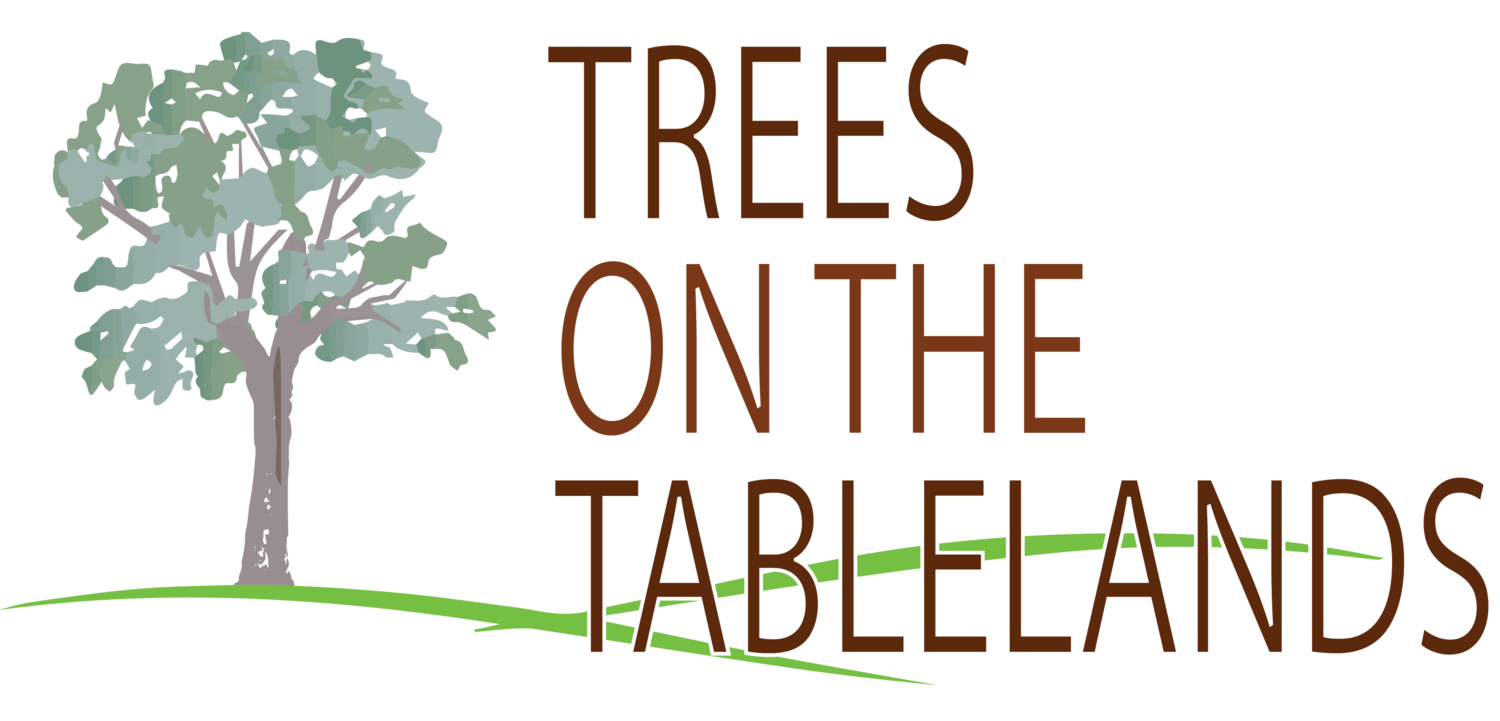
Returning trees to where there once were many
The woodlands and forests of the New England Tablelands face a variety of threats, which have dramatically reduced their health and extent, and threaten their long-term persistence. These threats are well known, including clearing, dieback, fragmentation, exotic weeds, and overgrazing. Revegetation and woodland-friendly farming practices that support natural regeneration are the main tools to stabilise and restore these threatened ecological communities (TECs), as improving the health of isolated adult trees has proven challenging.
In this project, we focus first on the populations of the key canopy tree species to monitor community stability and evaluate the effectiveness of conservation actions. We consider a community to be ‘stable’ if populations of the canopy tree species are expected to persist with roughly similar relative abundance for the next 100 years. This definition matches the overarching goal of the Saving our Species program. Therefore, we concentrate our monitoring and experiments on the key tree species of two Threatened Ecological Communities (TECs): New England Peppermint Woodland, and Ribbon Gum-Mountain Gum-Snow Gum Woodland. In the former, we focus on New England Peppermint (Eucalyptus nova-anglica). In the latter, we focus on Ribbon Gum (E. viminalis), Mountain Gum (E. dalrympleana subsp. heptantha), and Snow Gum (E. pauciflora). Many other species of trees, shrubs, herbs and animals occur in these TECs, but these focal species define their soul: species without which the TECs would not be the same.
Effective techniques to restore woodland TECs on the New England Tablelands are already broadly known: destock to reduce grazing pressure, control invasive exotic weeds with herbicides, rip the soil mechanically, and plant tubestock. These techniques are prohibitively expensive when applied at landscape scales, however, and their uptake to date has been insufficient to restore the TECs. Therefore, we focus on developing cost-effective ways to increase natural regeneration in these TECs.
Where to next?
— You may want to learn more about the threatened ecological communities we work with
— You may want to learn more about the species of trees we work with
— You may want to learn more about the team assembled for this project
— You may want to check out the common scenarios for natural regeneration in paddocks
— You may want to consider the recommended techniques for encouraging natural regeneration
— You may want to peruse the frequently asked questions
